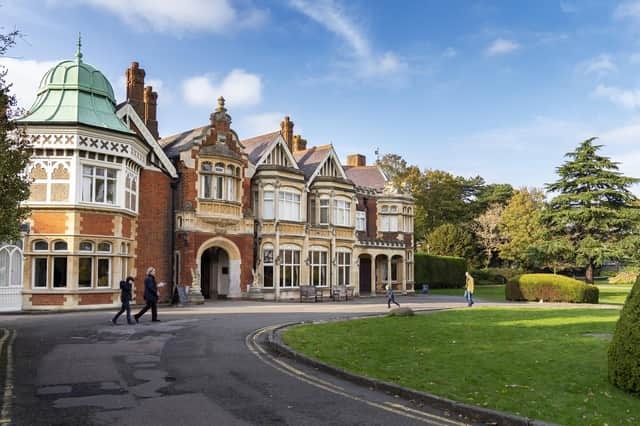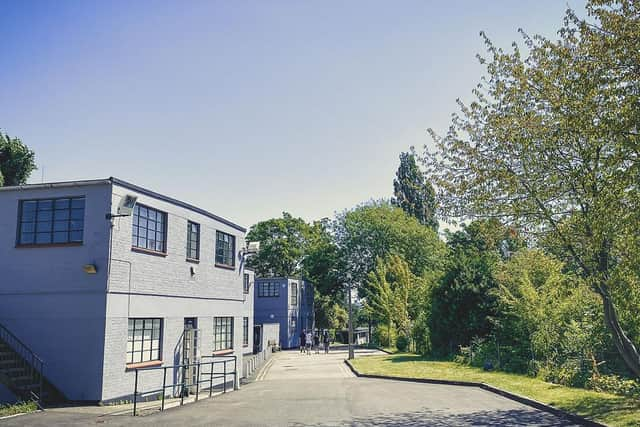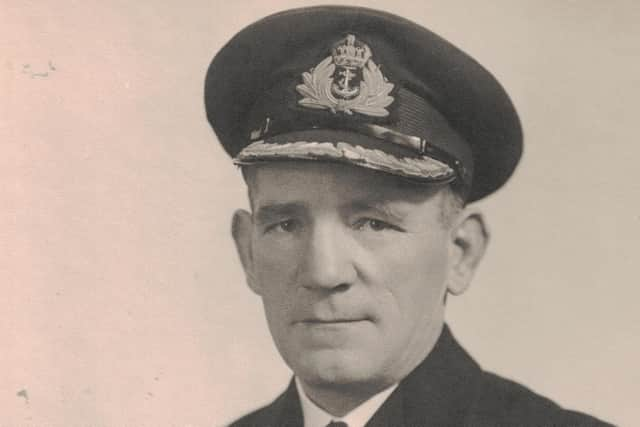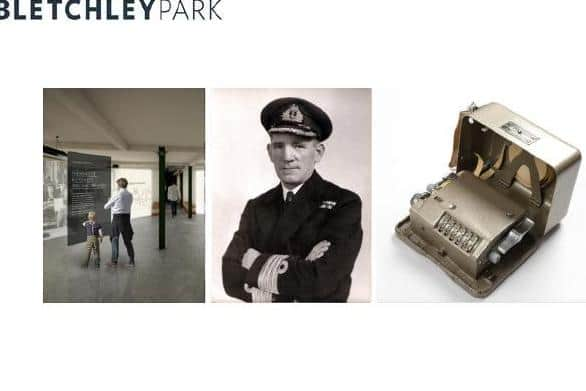Bletchley Park yields even more secrets from the unsung WWII heroes


History journalist Andrew Southam considers current exhibition revealing code-breaking men – and many women – who laboured to decrypt Enigma variations.
A new Intelligence Factory exhibition housed in wartime Block A, never seen by the public, currently reveals Bletchley’s immense activity and new unsung characters.
Advertisement
Hide AdAdvertisement
Hide AdNavy commander Alistair Denniston, an Olympic hockey bronze medallist and First World War code breaking veteran, quickly spotted Hitler’s intensions.


He searched for a new home for Britain’s cryptographers called the Government Code and Cipher School (later GCHQ).
He had MI6 purchase a Victorian estate in Bletchley with fast rail connections to London and close to Oxford and Cambridge universities.
MI6 boss Sir Hugh Sinclair even used £6,000 of his own money given government cutbacks. Code breakers started working there in 1938.
Advertisement
Hide AdAdvertisement
Hide AdDenniston recruited top Oxford and Cambridge university brains ... "men of the professor type".


These included mathematics giants Gordon Welchman, son of the Bristol archdeacon, and Alan Turing, who was not only a boffin but possessed Olympic running form. This eccentric also warded off hay fever by wearing gas masks to work, scaring the locals who feared an air raid!
Many others included John Cairncross, a literary scholar later accused of treachery as "The Fifth Man" for passing secrets to the Soviet Union.
James Bond writer Ian Fleming sometimes visited as a naval intelligence boss. (James Bond later called a code machine "Spektor" in "From Russia with Love".
Advertisement
Hide AdAdvertisement
Hide AdChurchill beefed up the operation in 1942 when Turing and four others appealed for better resources. "Action this day" the Prime Minister told his civil servants.


Denniston’s deputy, commander Edward Travis, took over operations and naval captain Alan Bradshaw managed administration. These little known chiefs made the difference, reorganising the station with Turing.
Travis eventually helped forge 1943 UK-US intelligence, sharing arrangement still running today with an 80th anniversary next year.
Bradshaw, a gruff Ulsterman, sometimes menacing but capable of charm, managed near impossible resource demands.